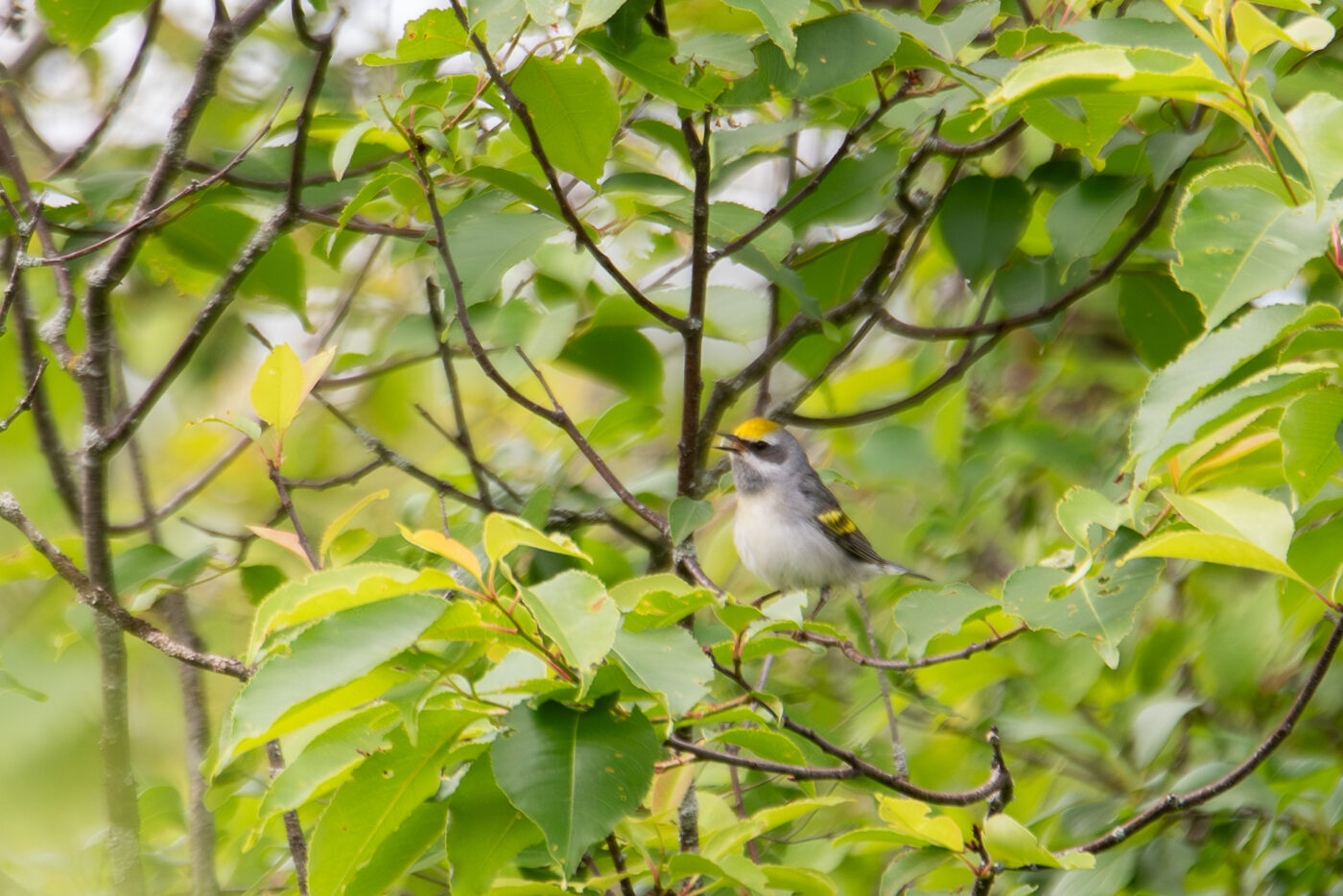Through the years I have always taken time in the Villager to celebrate International Women’s Day, discussing my heroes abroad and locally. All women who make a difference in saving the planet, but, there is a large group I have left out until now, female wildlife.
It is undeniable that women face gender based challenges but have you ever wondered how conservation considers the sexes? The study of female animals is especially important today as we face a biodiversity crisis and the decline of wild species across the globe. It is critical that the mothers of future generations of wildlife have successful breeding seasons; this means healthy food, habitat and lifespan.
A representative species of this problem here in Ontario, is the Snapping turtle. Females only begin to mate after reaching 15-20 years of age, this means they require a safe, healthy habitat for two decades before they even begin to lay eggs! When they do reach maturity they nest in sandy, gravely areas, a niche that, due to development, increasingly occurs along busy road sides. This dramatically increases the chance of female turtles being road fatalities. Because of this slow march to maturity and the frequency of road fatalities losing a few mature females can greatly affect the viability of entire populations.
When it comes to our feathered friends, ornithology (the study of birds) is deeply skewed toward male data. Male birds often have brightly coloured, flamboyant plumage to draw the eye of females, but it has also worked to draw the eye of researchers. This effect is compounded by natural behaviours such as males singing out in the open to claim their territory, often far more visible than females who are busy foraging. This has resulted in female birds not being recognised in bird counts by amateurs, not having their songs studied and not representing their species in museum collections, where species standards are decided. Today 60% of museum bird collections are male samples, and this misses the mark. Female specimens are no less representative of their species– they are simply representative of the ‘other’ 50%.
An example of this bias in the field comes to us from Ornithologist Ruth Bennett who studied Golden Winged Warblers. In their non breeding-habitat in Honduras, females were losing 8% of their habitat and brightly coloured males only losing 4%. The mountainous habitat males occupied was protected and conserved, but the lower altitudes where the female’s reside was regarded as less critical for conservation because the females were simply not recognised as Golden Wings. Only with careful consideration was this oversight corrected.
Gender biases in science come from a long history of men being viewed as the only suitable people to carryout research. This is changing and it is up to us humans to make sure our gendered behaviour does not get in the way of fact. No matter the origin for these gaps in our understanding, overlooked individuals of either sex represent eons of evolutionary experience and knowledge and should not be ignored. With much more to say on the topic, what’s at stake is losing this information before we even realise we should be looking for it.
Courtney Baker is the Administrative Assistant at The Couchiching Conservancy, protecting nature for future generations of all genders, www.couchichingconserv.ca

